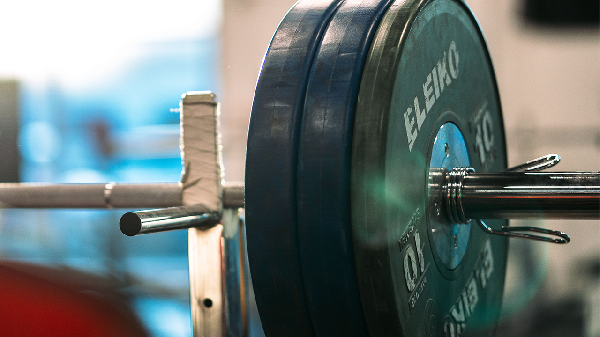02/11/20 (4 Minute Read)

Last time out, we looked at powerlifting in competition. But it’s also about much more than that. When you start powerlifting, you’ll want to make sure that you’re on a powerlifting-specific program. This is going to be a much different style of programming compared to a general bodybuilding program. The main goal of a powerlifting program is to build your strength in the squat, bench press, and deadlift, so that you can lift as much weight as possible for one repetition during a competition - simple as.
Powerlifting programs are usually based on a percentage of your one rep max, and these percentages are progressed week-to-week in some form with the end goal being a competition. As mentioned in Part 1 of this article, powerlifting programs will focus on the squat, bench press, and deadlift and include several variations of these exercises. The idea is to develop specific strength in these movements (and only these movements, as they are the only ones we will be competing with), and also work on weak parts within the range of motion.
It is often recommended to get the help of a powerlifting-specific coach who can design an individualised training program for your needs. It will likely help you progress at a faster rate compared to doing something that you found online. Working with a powerlifting coach will also allow you to ask questions regarding powerlifting competitions and help you with commands that you will hear from referees on the day.
No matter the powerlifting training program you decide to use, you need to consider the following:
Periodisation; implement some form of a long-term plan that takes into account when you are going to attempt your one rep max.
Frequency; undertaking the squat, bench and deadlift multiple times per week.
Specificity; when training it is important to keep in mind your goal and train towards this goal.
Progessive overload; this is the idea of doing more weight or reps over time, essentially increasing training volume to adapt your body to more load.
Exercise selection; the types of exercise you implement should support the powerlifting movements and your specific areas of need.
Recovery; making sure that you have planned deload periods to manage proper recovery and get enough sleep and good nutrition.
Equipment
When it comes to equipment the shopping list can be quite long and expensive but it’s much easier to break down the equipment list into what you are required to wear at a competition and the items of equipment that are added extras.
So to begin you must wear something with a sole on your feet for all nine lifts. Try to bring a pair of shoes that you normally use in training. Avoid training barefoot just to have yourself prepared for competition. Over time, a lot of lifters will move towards specific squat shoes and deadlift shoes. These are not mandatory and often quite expensive, don’t feel like you need these. Squat specific shoes generally have a heel to help with problems with ankle mobility and deadlifts shoes tend to be light and thin to ensure your feet are as close to the ground as possible. All lifters must wear a one-piece singlet. Companies like Titan, SBD and Strength Shop do singlets. Before your first competition, ensure you train for even a few sessions with the singlet on to try and break yourself into wearing one, they are a little bit unusual. Under your singlet, you must wear a t-shirt. Bear in mind that it shouldn’t have any large logos or pockets, and must be crew-neck style, not v-neck, etc..
When looking at non-essential pieces of equipment there are three main one: knee sleeves, lifting belt and wrist straps. Knee sleeves are tight-fitting and made of neoprene, they are allowed to be worn in competition. Their use is to keep your knees warm and provide support. The real-world positives are minimal but some people feel safer knowing their knees are covered and that can help push themselves more. Lifting belts aid in bracing and support the back. They come in pronged and lever styles. Lifting belts must follow certain specs to wear in competition, they can run quite expensive and are a real investment. Wrist straps are on the cheaper end of the non-essential equipment list and are used for squat and bench press. They’re designed to support and protect your wrists.
-